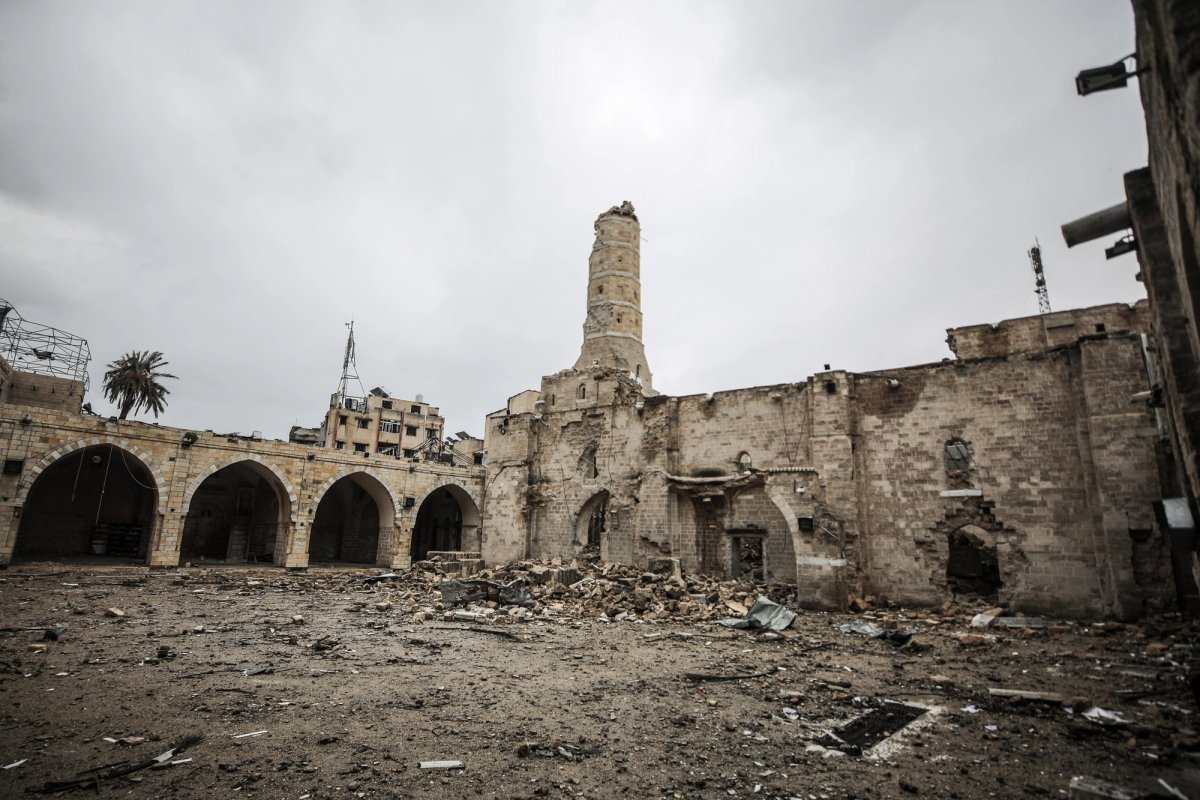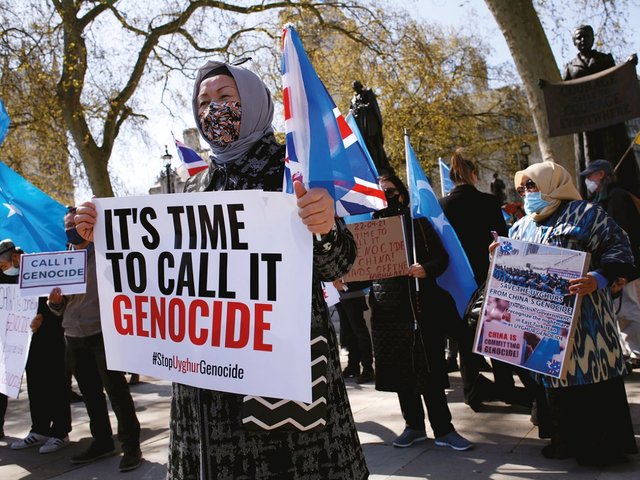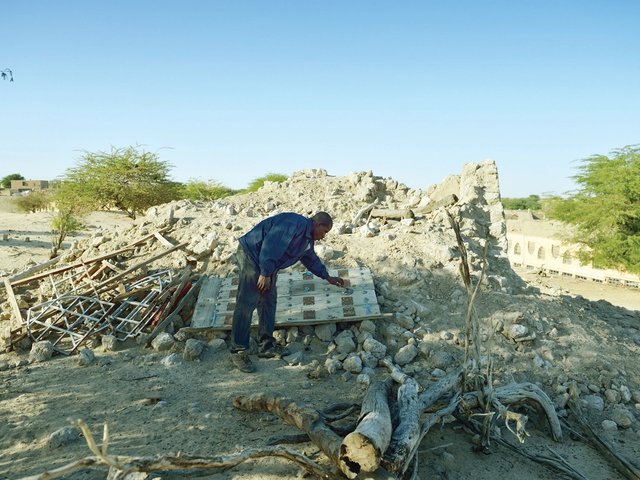A landmark report on the impact of heavy weaponry on civilians and cultural heritage was released by Human Rights Watch (HRW) and the International Human Rights Clinic at Harvard Law School earlier this year. “Destroying Cultural Heritage: Explosive Weapons’ Effects in Armed Conflict and Measures to Strengthen Protection” shows how, as well as causing civilian casualties, this indirectly inflicts “psychosocial, economic, and other types of harm”.
This report marks a step change: heritage organisations have increasingly invoked a rights-based approach to cultural protection. By contrast, the humanitarian and human rights sectors have been sniffy about taking on the issue of material culture. When, for example, the pioneering prosecution of Ahmad Al Faqi Al Mahdi at the International Criminal Court (ICC) in 2016 for the destruction of monuments in Timbuktu was announced, Amnesty International emphasised the need to prosecute non-cultural war crimes in Mali. The timing diminished the weight of the very first ICC conviction for crimes against culture. Overtures by heritage groups to human rights NGOs have received dusty answers, with culture seen as secondary rather than being ineluctably entangled with identity and belonging.
An exception is the Red Cross 2020 memorandum of understanding with Blue Shield International (the conflict heritage NGO) pledging to work more closely on cultural protection. Unfortunately changes of personnel and lack of funding have meant no progress.
Authored by Bonnie Docherty, a lecturer at Harvard’s Human Rights Clinic and senior adviser in the Arms Division of HRW, the new report builds on the November 2022 “Political Declaration on Strengthening the Protection of Civilians from the Humanitarian Consequences Arising from the Use of Explosive Weapons in Populated Areas”. This non-binding declaration stresses the humanitarian consequences of attacks and was endorsed by 83 states in Dublin. It commits to restrictions on explosive weapons where they are expected to harm civilians and civilian objects.
Amplifying the Political Declaration
The HRW report focuses on the Ukraine war as well as attacks on cultural sites in Yemen and elsewhere. It was largely drafted before the devastation of much of Gaza but references key cultural losses such as the historic Great Omari Mosque and Church of Saint Porphyrius attacked by the Israeli military while refugees were sheltering within, and the destruction of the Hellenistic port of Anthedon, a Tentative World Heritage Site. Its main recommendation is to amplify the 2022 Dublin declaration and the enhanced cultural protections it might offer. Docherty argues that by highlighting the “foreseeable harm” caused by munitions with “wide area effects”, humanitarian law is strengthened, tying together the fate of culture with that of civilians. She also argues that the declaration’s requirement “to prevent civilian harm to the greatest extent possible” narrows the infamous waiver in the 1954 Hague Convention, which allows cultural destruction where deemed a “military necessity”.
This is all to the good but we need to go further. Cultural genocide is not in itself part of international law because, tragically, the “vandalism” clauses of the 1948 Genocide Convention were excluded from the final draft at the behest of the colonial powers. However, trials since have confirmed that a pattern of cultural destruction might itself be evidence that helps prove genocide, including intent. Evidence gathering since has often focused on establishing such patterns.
South Africa cites the intentional destruction of Palestinian cultural sites in both its genocide case against Israel before the International Court of Justice and its referral to the ICC, arguing that it demonstrates an assault on Palestinian life. The comprehensiveness of cultural destruction—schools, libraries, universities, monuments, historic places of worship, etc.—may thus fall under clause C of the Genocide Convention: “Deliberately inflicting on the group conditions of life calculated to bring about its physical destruction in whole or in part.” The same might be true of Russia’s aggression in Ukraine.
So is it now the “urbicide” seen in Gaza, Ukraine and elsewhere—the indiscriminate urban destruction of heritage and culture—rather than the specific targeting of individual sites that demonstrates intent? While evidence of targeting remains important, it should not blind us to the larger picture of wanton devastation as an identity-destroying tactic. Both targeted and indiscriminate attacks on culture could evidence intent. Which is why the 2022 Political Declaration is so important and the HRW report so timely.
• Robert Bevan is a member of Blue Shield UK and Icorp, the Icomos committee on risk preparedness. He is writing in a personal capacity





